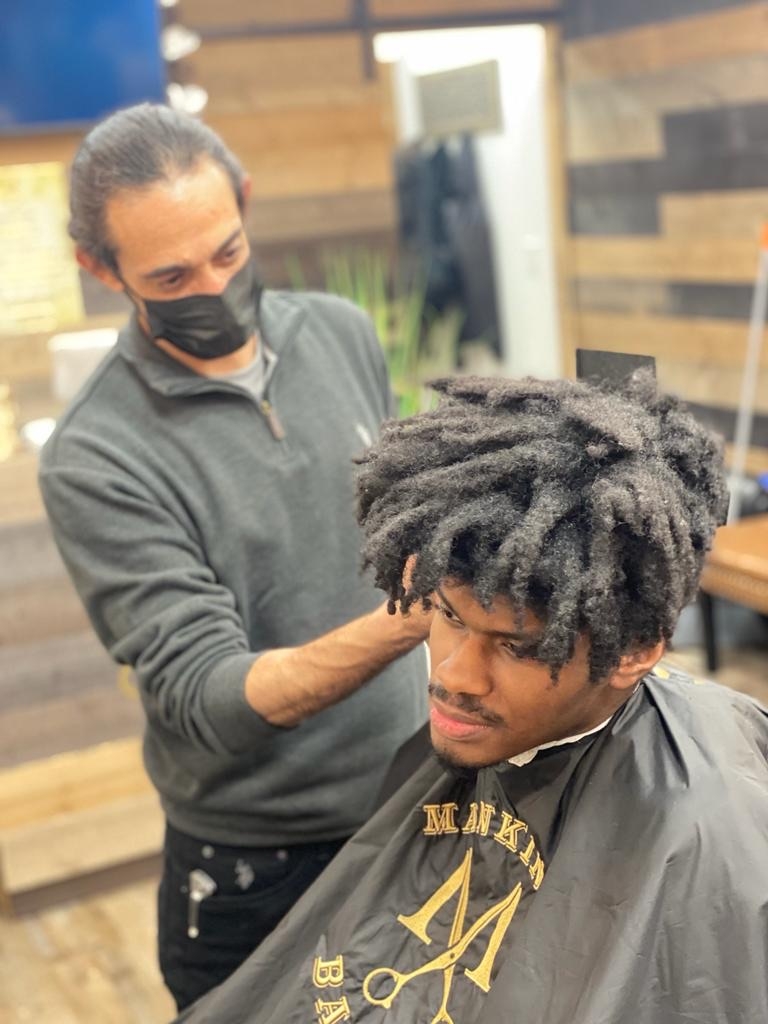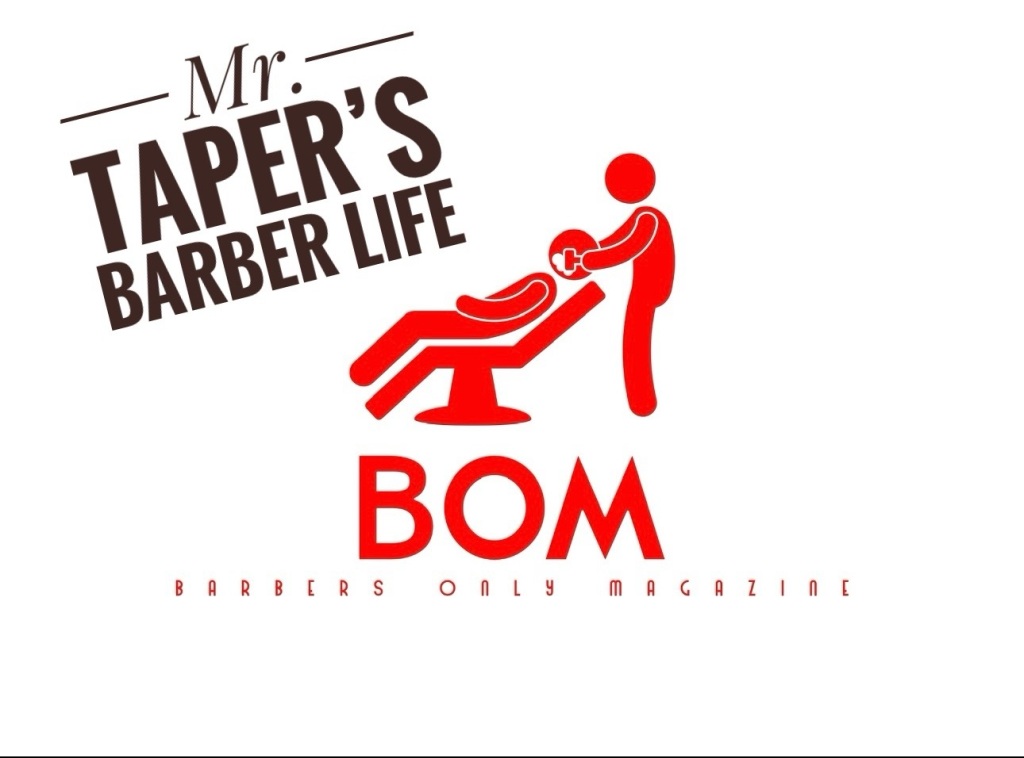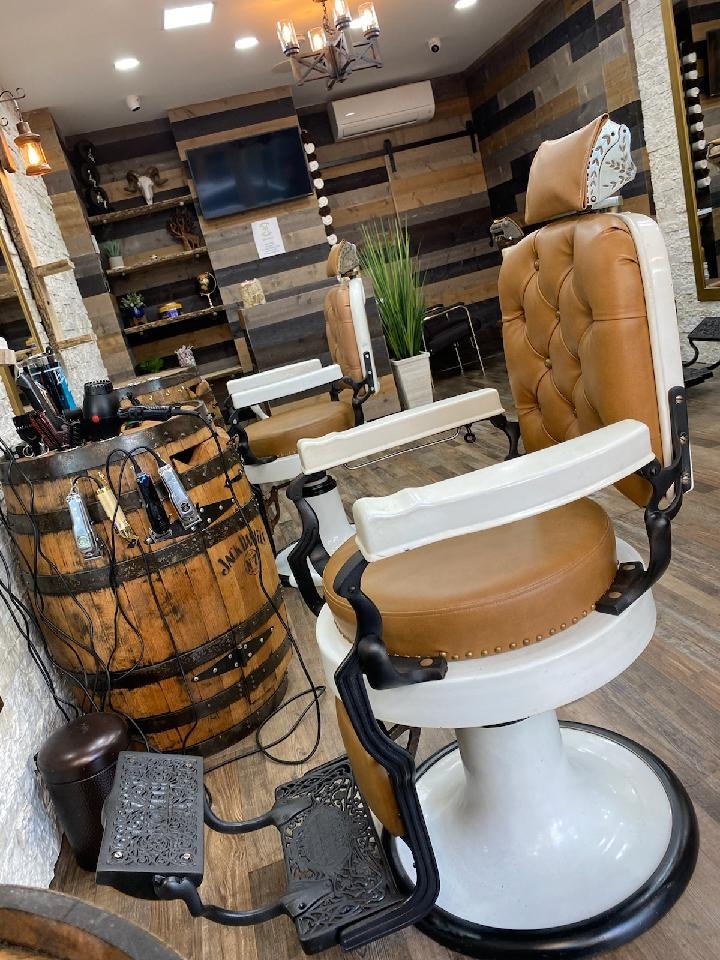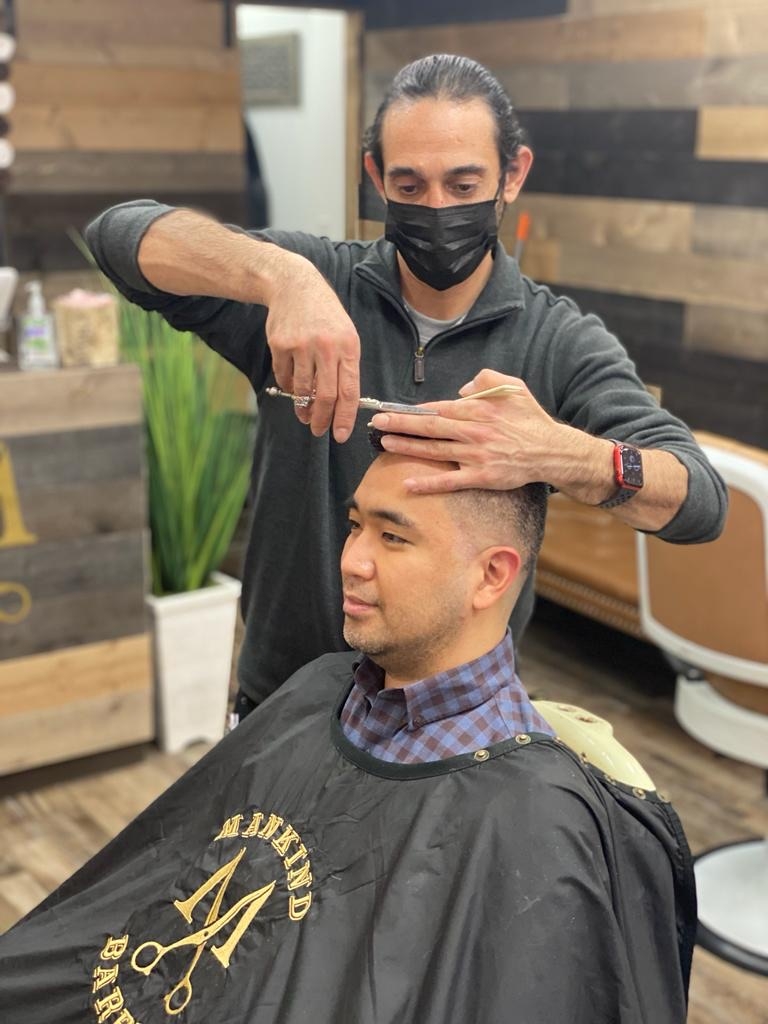

Individuals with oily hair should shampoo their hair every other day to help control excess oil production. When it comes to styling, it is best to avoid heavy products that can weigh down the hair and make it look greasy. Opt for lightweight styling products that provide volume and texture without adding extra oil to the hair.
The best shampoos for color-treated hair to maintain vibrancy are sulfate-free formulas specifically designed for colored hair. Look for shampoos that are gentle on the hair and scalp, as harsh chemicals can strip away the color and leave the hair looking dull. Additionally, using a color-protecting conditioner and hair mask can help prolong the vibrancy of the color.
https://podcasts.apple.com/us/podcast/mr-tapers-barber-life/id1678890979?i=1000647933253

Posted by on 2024-03-11
Tax write-offs for barbers can be a great way to save money on taxes. Barbers can take advantage of a variety of deductions and credits to reduce their taxable income and save money. Here are some of the most common tax write-offs for barbers in 2024. 1. Professional Expenses: Barbers can deduct expenses related to […]

Posted by on 2024-01-02
youtube.com/watch
Posted by on 2023-11-13
Frequent use of heat styling tools can indeed damage the hair by stripping away its natural moisture and causing breakage. To prevent this, it is essential to use a heat protectant spray before using any hot tools. This will create a barrier between the heat and the hair, reducing the risk of damage and keeping the hair healthy and strong.

For curly hair, it is recommended to use styling products that enhance definition and reduce frizz. Look for curl-enhancing creams, gels, or mousses that are specifically formulated for curly hair. These products can help define the curls, reduce frizz, and add moisture to the hair, resulting in bouncy and well-defined curls.
Using sulfate-free shampoos can benefit individuals with sensitive scalps by reducing irritation and inflammation. Sulfates are harsh cleansing agents that can strip away the natural oils from the scalp, leading to dryness and sensitivity. By using sulfate-free shampoos, the scalp can maintain its natural balance and remain healthy and nourished.

To add volume and texture to fine hair without weighing it down, individuals can use volumizing products such as mousse or root-lifting sprays. These products can help lift the roots and create the appearance of fuller hair. Additionally, using a dry shampoo can add texture and grip to the hair, making it easier to style and hold volume throughout the day.
It is necessary to use a heat protectant spray before using hot tools to prevent heat damage to the hair. Heat protectant sprays create a barrier between the heat and the hair, reducing the risk of damage and keeping the hair healthy and strong. By incorporating this step into your styling routine, you can protect your hair from the damaging effects of heat styling tools and maintain its overall health and integrity.

Barbers ensure consistency in haircuts across appointments by following a standardized procedure that includes using precise measurements, consistent techniques, and quality tools. They start by consulting with each client to understand their desired style, taking into account factors such as hair texture, face shape, and personal preferences. Barbers then use specialized tools like clippers, scissors, and combs to execute the haircut with accuracy and precision. By adhering to a set of established guidelines and best practices, barbers can maintain consistency in their work, ensuring that each haircut meets the client's expectations and delivers a high level of quality and satisfaction. Additionally, ongoing training and education help barbers stay up-to-date on the latest trends and techniques, further enhancing their ability to provide consistent and reliable service to their clients.
When a client sits in the barber's chair, they have the opportunity to discuss their desired hairstyle with the stylist. During this consultation, the client can request a custom hair design that aligns with their personal preferences and style. The stylist will consider factors such as hair texture, face shape, and current trends to create a unique and tailored look for the client. By communicating openly and clearly with the stylist, the client can ensure that their haircut meets their expectations and reflects their individuality. Whether it's a trendy fade, intricate braids, or a bold color choice, the client can feel confident in requesting a custom hair design during their haircut appointment.
Barbers ensure safety when using sharp tools like razors and scissors by following strict sanitation protocols, utilizing proper techniques, and maintaining their equipment regularly. They disinfect their tools before and after each use to prevent infections and cross-contamination. Barbers also undergo training to learn how to handle sharp tools safely, ensuring they cut hair without causing injuries. Additionally, they sharpen their scissors and razors regularly to maintain their sharpness, reducing the risk of accidents. By following these procedures, barbers can provide a safe and hygienic environment for their clients while using sharp tools.
To maintain a perfect fade after leaving the barbershop, one should follow a strict grooming routine. This routine should include using high-quality hair products such as pomade, gel, or wax to style the hair and keep it in place. Regularly washing and conditioning the hair with products specifically designed for men's hair will help keep the fade looking fresh. Additionally, using a comb or brush to style the hair daily can help maintain the shape of the fade. Trimming the hair around the edges of the fade with clippers or scissors can also help keep the fade looking sharp. Finally, scheduling regular appointments with a skilled barber for touch-ups and maintenance is essential to ensure the fade stays perfect. By following these steps, one can maintain a flawless fade long after leaving the barbershop.
Barbershops typically employ various techniques for shaping eyebrows, such as waxing, threading, tweezing, and trimming. Waxing involves applying a thin layer of warm wax to the eyebrow area and then quickly removing it to pull out unwanted hair. Threading uses a twisted cotton thread to trap and pull out individual hairs, creating a clean and defined shape. Tweezing involves using a pair of tweezers to pluck out stray hairs, while trimming uses scissors to shorten and shape longer hairs. Some barbershops may also offer eyebrow tinting or filling in sparse areas with makeup to enhance the overall look. Overall, barbershops use a combination of these techniques to achieve well-groomed and symmetrical eyebrows for their clients.
A skin fade and a regular fade are both popular haircut styles that involve gradually cutting the hair shorter towards the neckline. The main difference between the two is the length of hair left on the sides and back of the head. In a skin fade, the hair is cut very short or shaved down to the skin, creating a seamless blend between the hair and skin. This results in a more dramatic and bold look. On the other hand, a regular fade typically leaves a bit more length on the sides and back, creating a softer and more gradual transition between the longer hair on top and the shorter hair on the sides. Both styles require precision and skill from a barber or hairstylist to achieve a clean and polished look.